It is seldom that one finds a place that captures the imagination. King Arthur's Great Halls is such a place. It is visited by Arthurian followers from all over the world and it is here the Legend comes together.
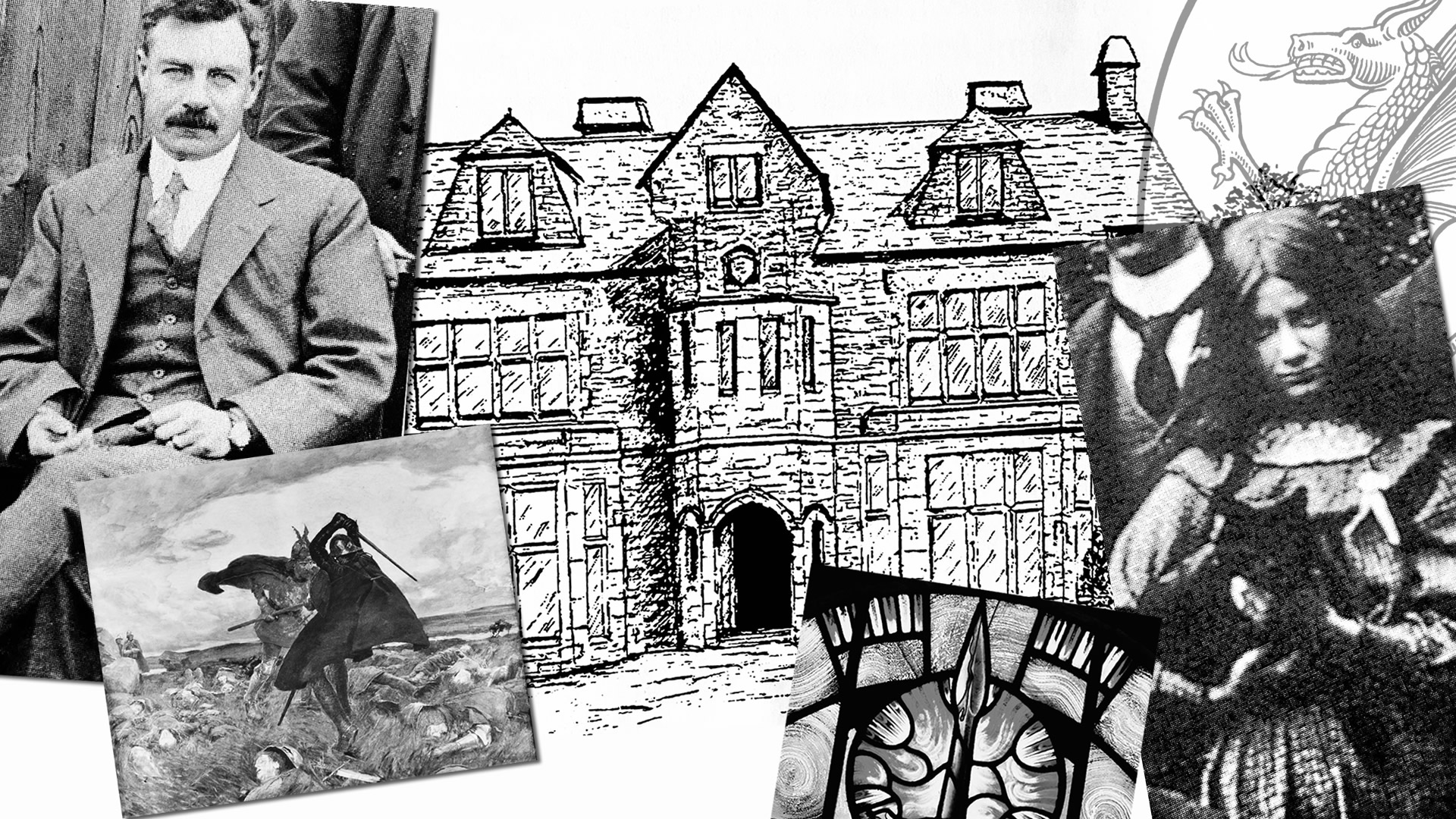
ONE MAN'S DREAM
- Frederick Thomas Glasscock
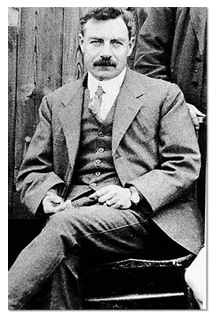
King Arthur's Hall was the brainchild of Frederick Thomas Glasscock, retired London businessman, who came to Tintagel early in the 20th century and who was captivated by the Legend. He had the wealth to translate his dream into reality and has left us a legacy for all to enjoy. The Halls have featured in films and television programmes about King Arthur and his Knights and have been visited by over two million people since they were opened in June 1933. Apart from the Arthurian overtones, the Halls are not only a museum of Cornish craftsmanship and materials, but also of the 1930's era.
- Trevena House
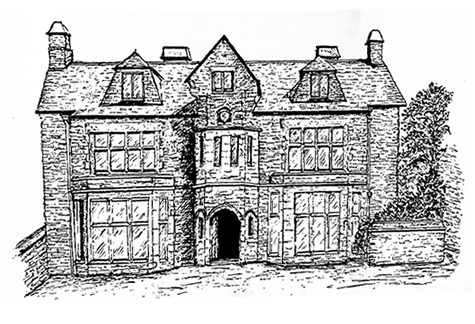
Trevena house, to which the Great Halls are attached, stands on the site of the ancient town hall and mayoral offices of Tintagel. It was built in the 1860's by John Douglas Cook, who had been editor of the Morning Chronicle and founder-editor of the Saturday Review. It is reputed to have had nineteen bedrooms, no bathroom but a large dining room where Mr Cook, a well-known and self-professed glutton, lavishly entertained his many friends.
After the passing of Mr Cook in 1868 (buried in Tintagel Graveyard), Trevena House was acquired by Sir Arthur and Lady Hayter who used it as a holiday home for many years.
Mr Glasscock acquired the house in the early 1920's. It boasted one of the finest coastal gardens in the country and it was on this site that he was to later build his grand Hall of Chivalry.
- Veronica Whall
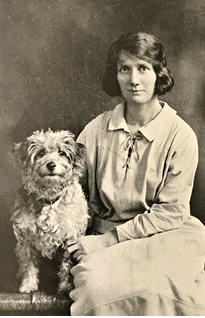
The crowning glory of the Halls is undoubtedly the 72 windows (actually 73 but one is hidden!) created by the extremely talented artist Veronica Whall; between 1930 and 1933. Veronica's father, Christopher Whall, was a church stained glass expert of the late nineteenth century and later a teacher at the L.C.C Central School of Arts and Crafts. By the tender age of thirteen Veronica was designing figures for her father’s window's and helping out in his workshop. By 1922 she and her father had founded the company of Whall & Whall Ltd; where they were very busy designing and building memorial windows for the Great War.
After her father died in 1924, Veronica and her elder brother, Christopher John, progressed the business. Frederick Glasscock commissioned Veronica to design and build the two sets of triptych windows for the Halls; this was to prove her largest commission. He was so pleased with her work that he ordered 67 more windows; 49 to light the galleries around the Main Hall and 18 for the Hall itself.
- William Hatherell R.I.
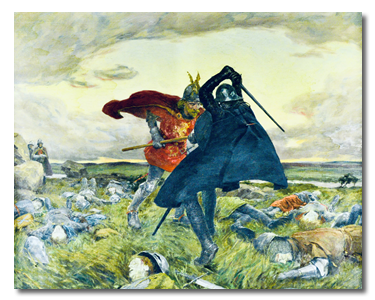
In 1928 Frederick Glasscock commissioned ten paintings by the artist William Hatherall R.I., depicting scenes from the Arthurian legend to place within his small Hall. Hatherall was a man in his 76th year who had achieved fame as an illustrator and painter throughout a highly successful career. He had been on the staff of Graphic Magazine since 1892 and had illustrated many of the works of Thomas Hardy, William Blake and J.M. Barrie. He also exhibited extensively at the New Society of Painters, the Royal Society of British Arts and at the Royal Academy. His famous paintings at The Great Halls continue to attract visitors from all over the world.


